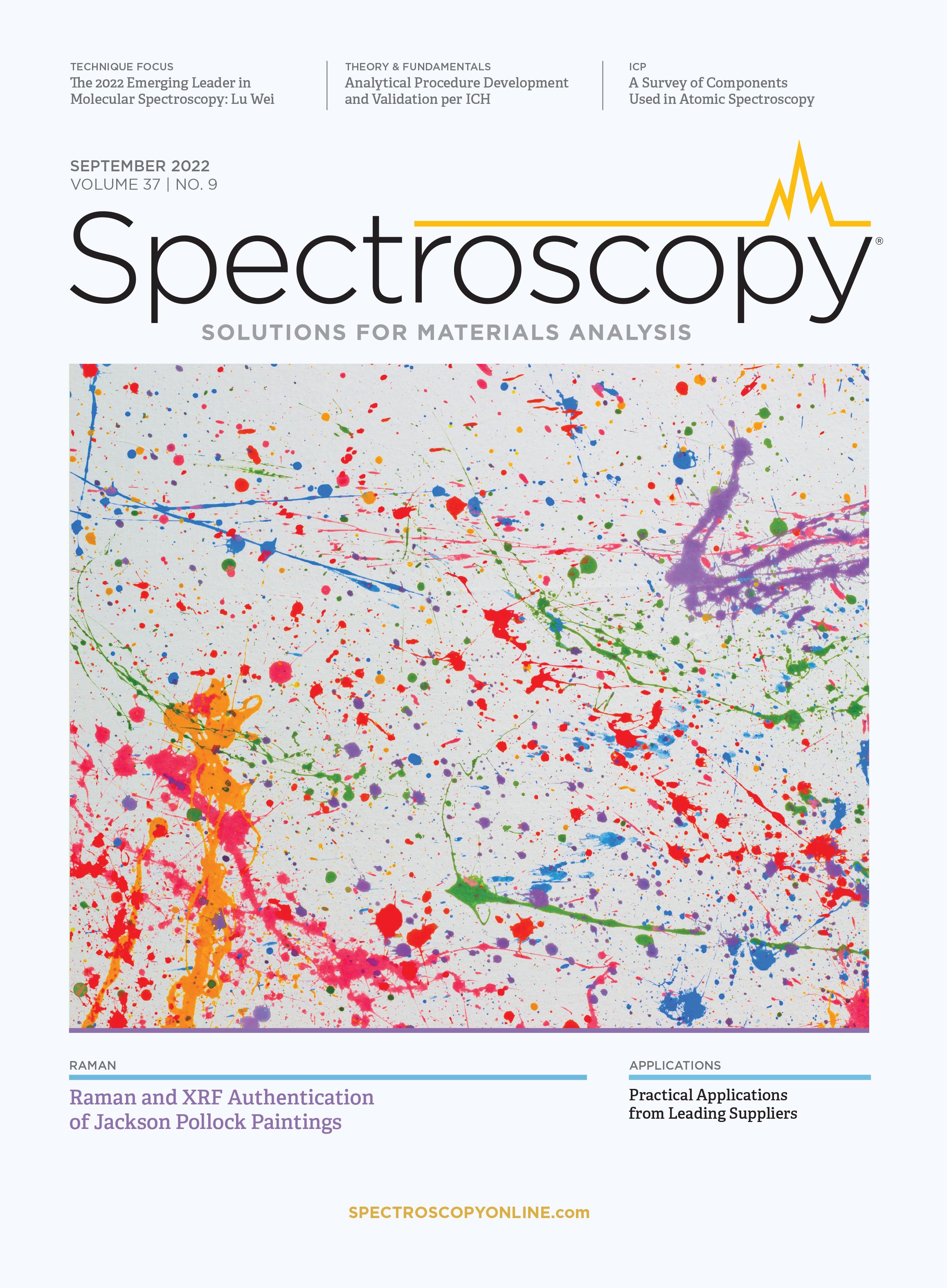A Survey of Basic Instrument Components Used in Spectroscopy, Part 3: Atomic Spectroscopy
In this third part of this four-part series on spectroscopy instrument components, we take a closer look at components used in atomic spectroscopy instrumentation—from beryllium and Kapton windows used in X-ray analysis to sampler and skimmer cones and plasma torches for ICP systems.
In this Part 3 survey article of atomic spectroscopy instrument components, we look at instrument components and subassemblies used for the special components and terms used in atomic spectroscopy instrumentation for inductively coupled plasma–mass spectrometry (ICP-MS), ICP–optical emission spectrometry (ICP-OES), X-ray fluorescence (XRF), energy-dispersive X-ray spectroscopy (EDX), total reflection X-ray fluorescence (TXRF), and laser-induced breakdown spectroscopy (LIBS). Our “under the hood” look continues as we survey the most typical atomic spectroscopy design components. As we continue publishing our four-part component survey series, we note that tutorial articles, and The Spectroscopy Instrument Components Terminology Guide, posted digitally in February 2022, are available to our readers.
In this part 3 of our four-part spectroscopy components survey article, we take a closer look at the special components and terms used in atomic spectroscopy instrumentation for inductively coupled plasma–mass spectrometry (ICP-MS), ICP–optical emission spectrometry (ICP-OES), X-ray fluorescence (XRF), energy-dispersive X-ray spectroscopy (EDX), total reflection X-ray fluorescence (TXRF), and laser-induced breakdown spectroscopy (LIBS). The various instrument acronyms are defined within the table. The atomic spectroscopy techniques and components are described in Table IV, with the table containing four columns of information—the technique or component name, a text description, basic specifications, and references and links (1–4). All topics are in alphabetical order for this table. The list of basic techniques and components used for atomic spectroscopy instrumentation is obviously a very large subject with many details. Here, we are taking a broad look to survey the main techniques or components used for atomic spectroscopy instruments. More topic details are included within The Spectroscopy Instrument Components Terminology Guide, which is available online (1).
As with other analytical instruments, atomic spectroscopy instrumentation is advancing rapidly because of discovery research, new materials, improved mechanical tolerances, and continuous developments in electronics, algorithms, and computational power.
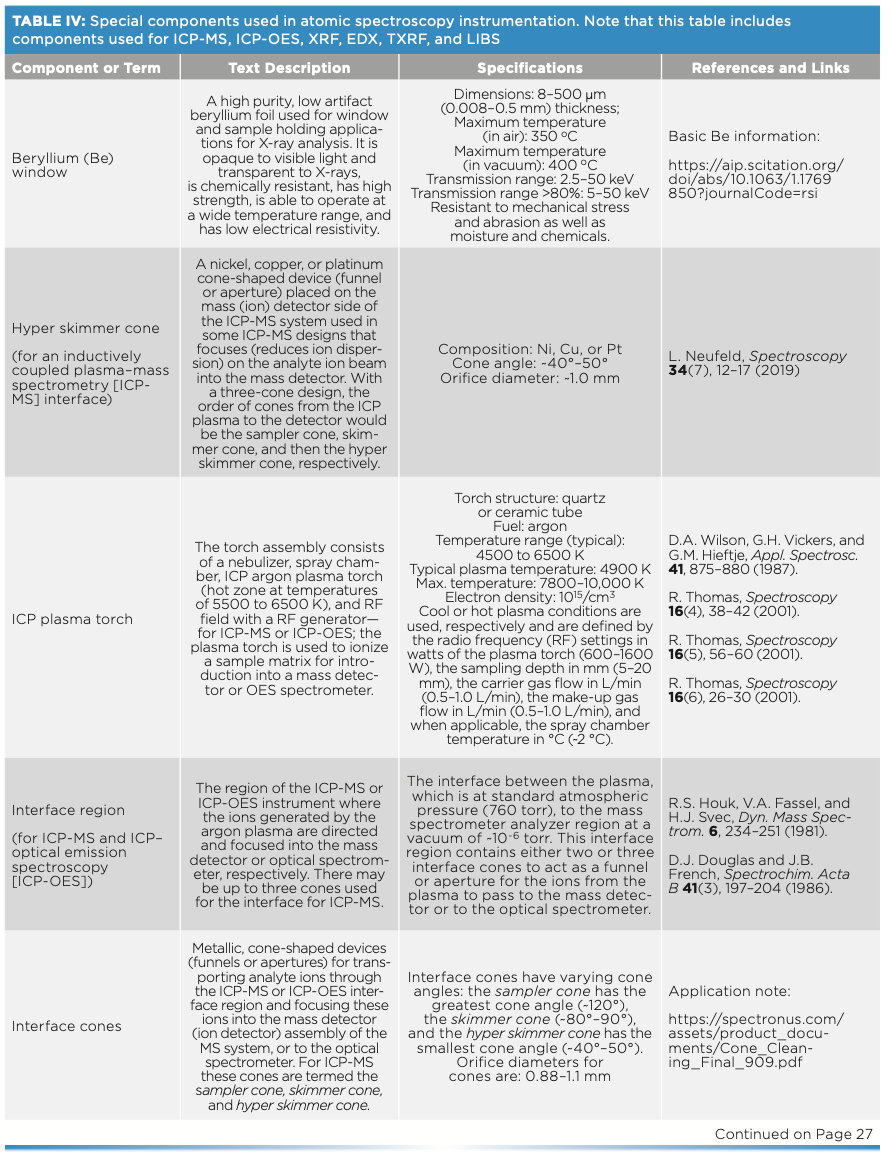
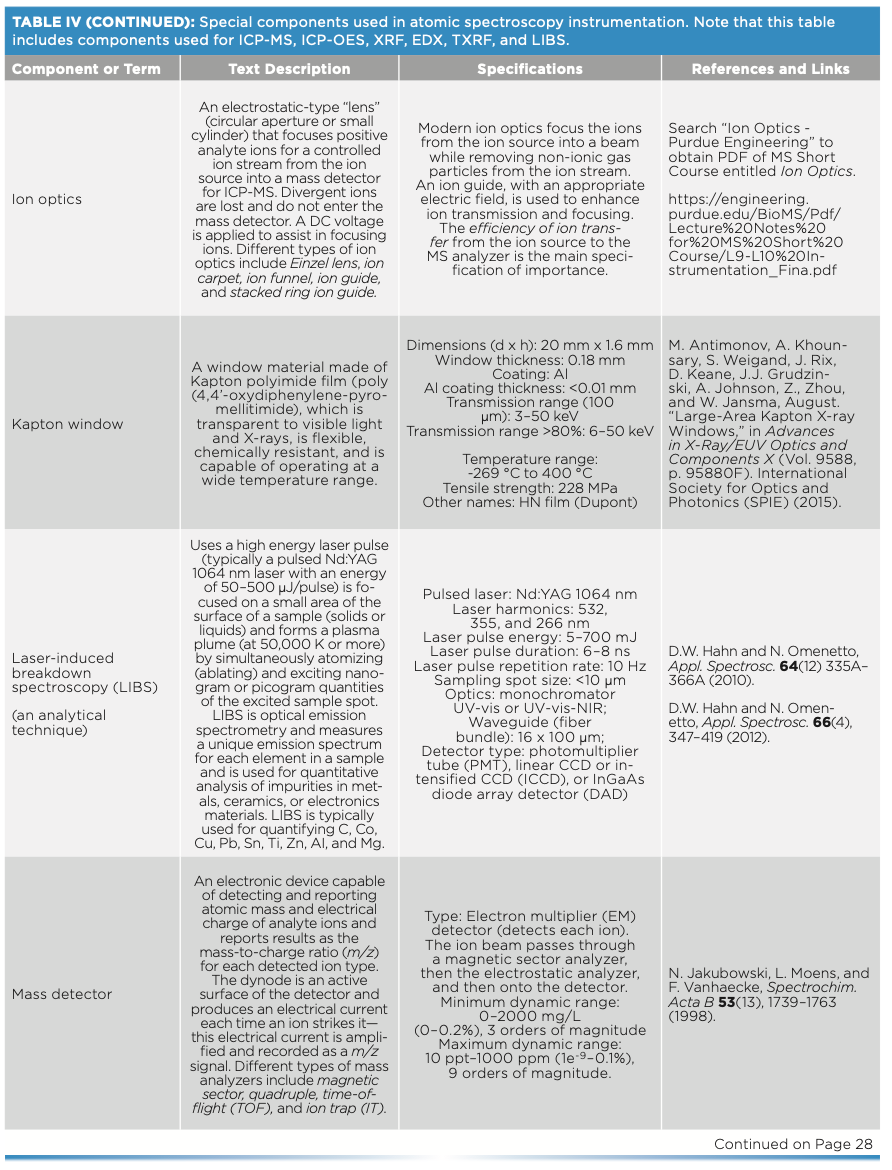
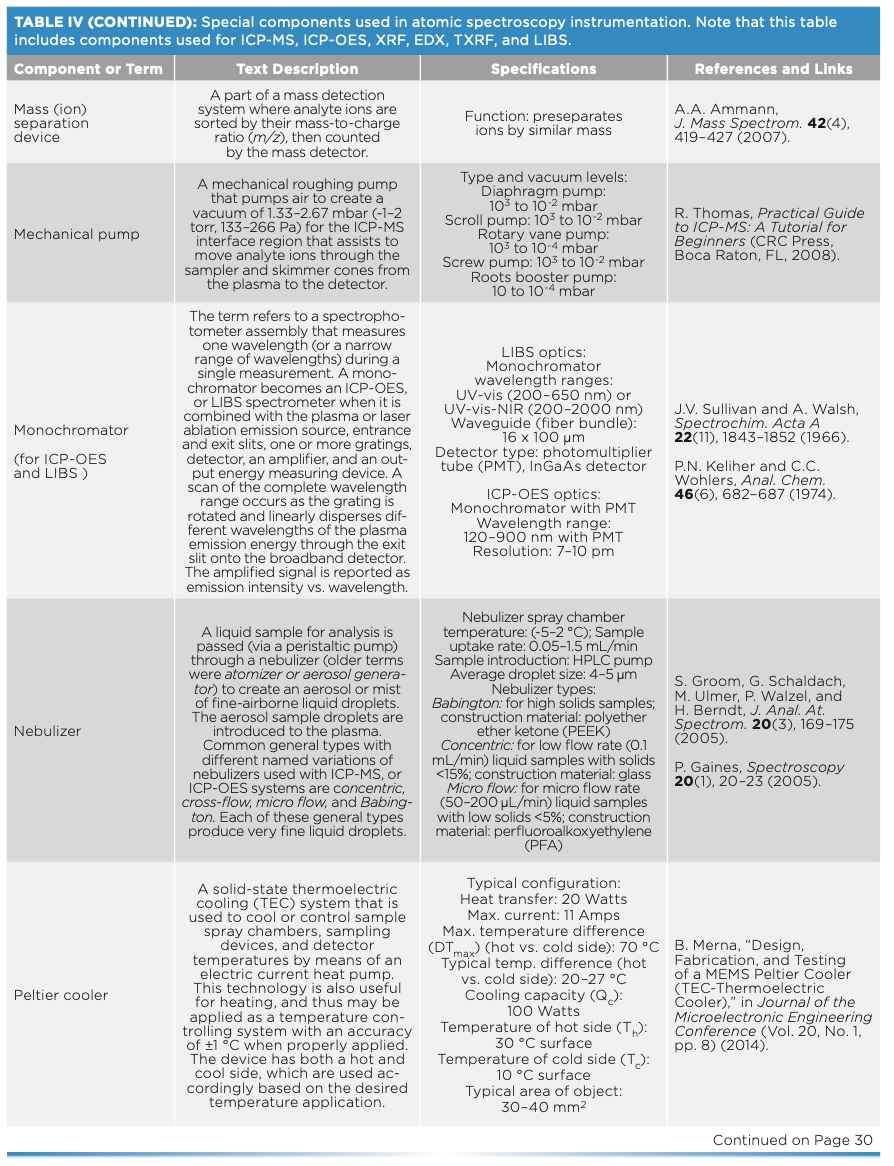
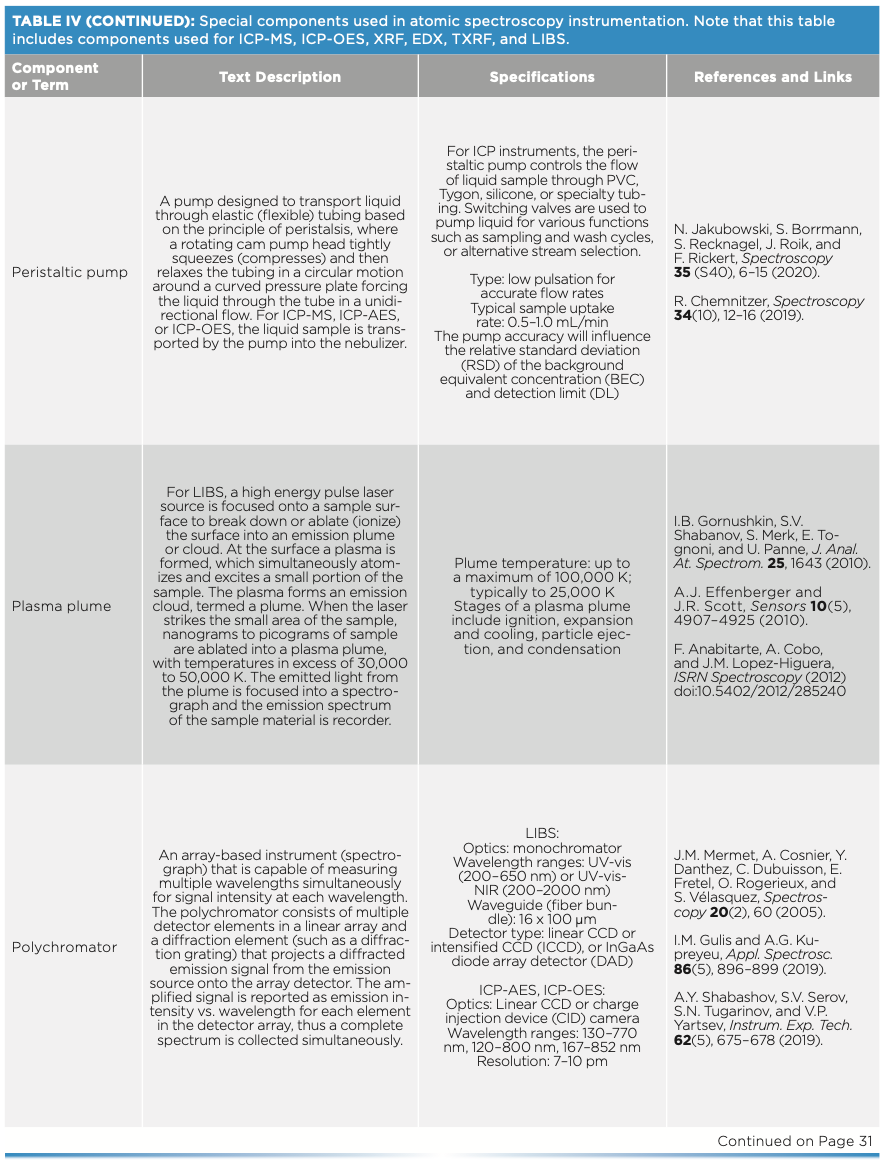
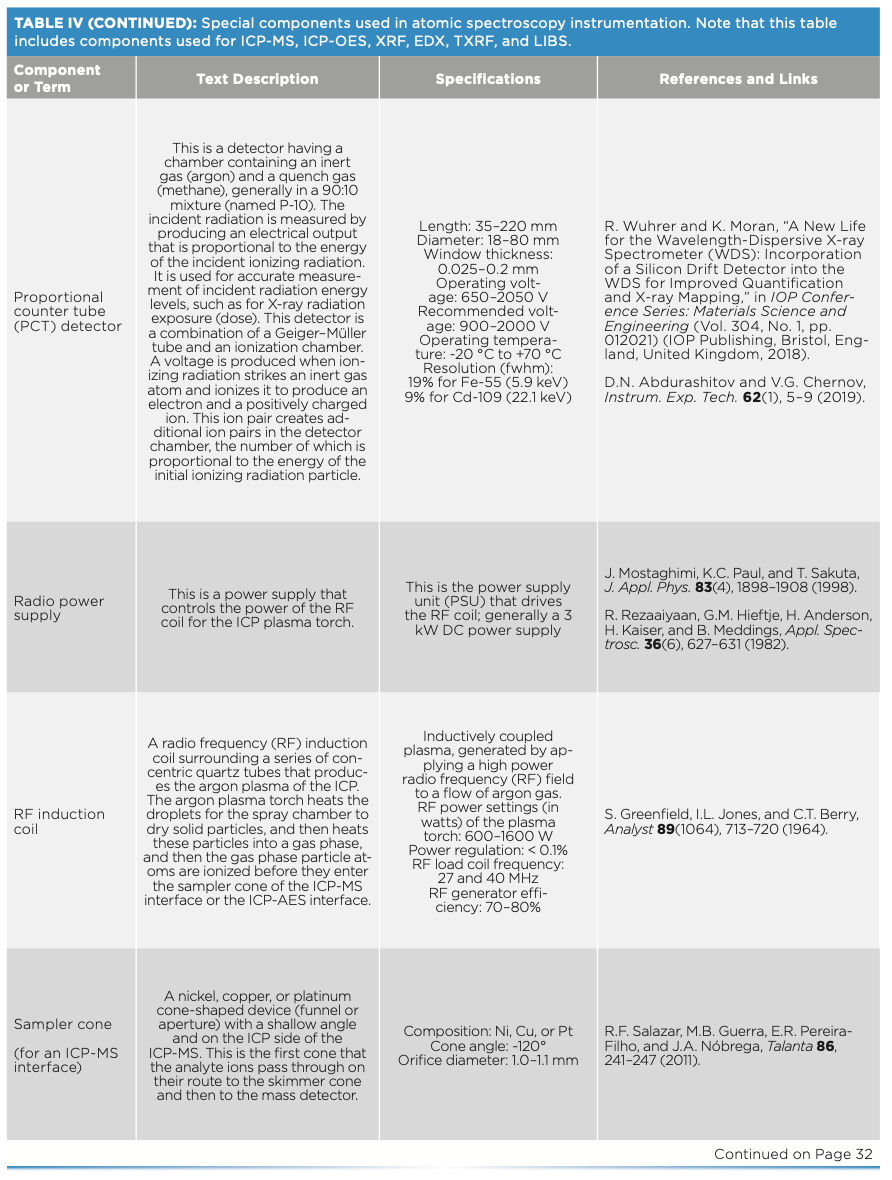

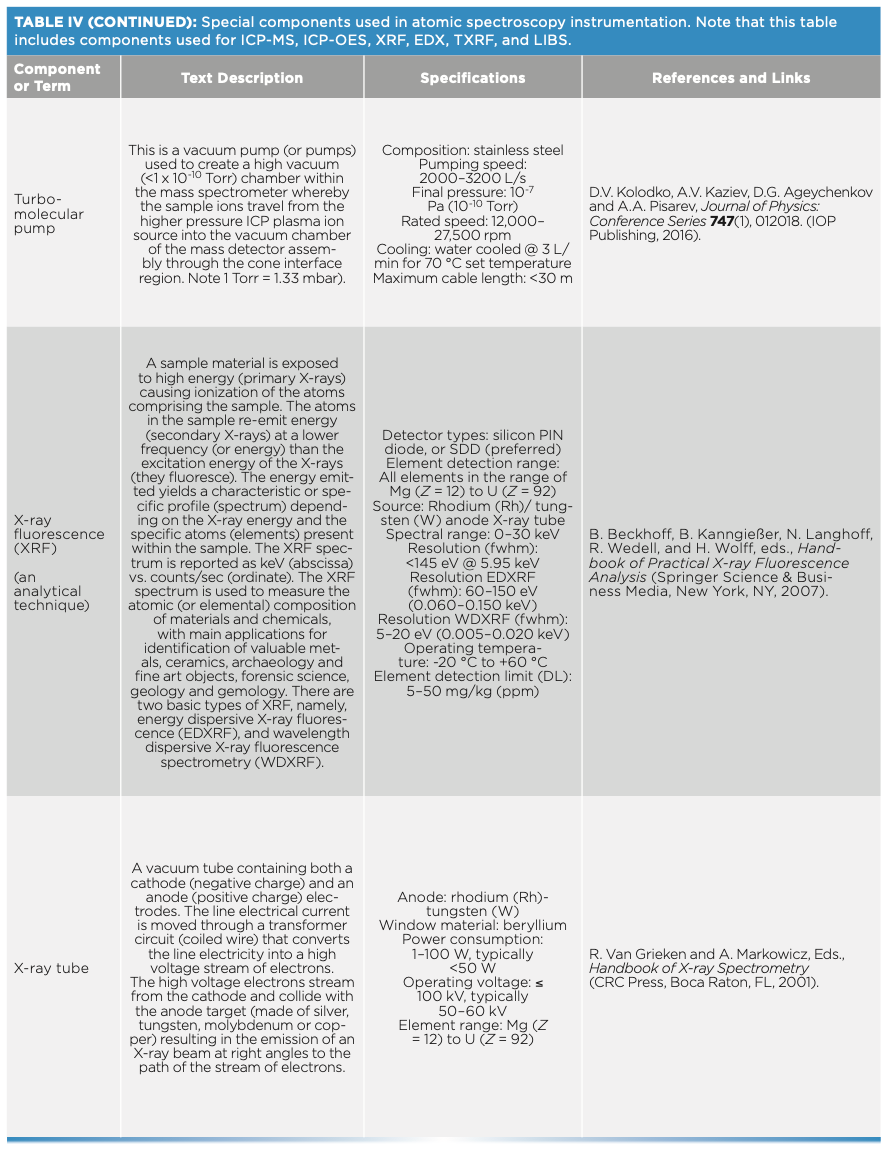
References
(1) J. Workman, The Spectroscopy Instrument Components Terminology Guide 2022 37(s2), 1–25 (2022).
(2) H.J. Kunze, Introduction to Plasma Spectroscopy (Springer Science & Business Media, Berlin, Germany, 2000), vol. 56.
(3) J.M. Hollas, Basic Atomic and Molecular Spectroscopy (Royal Society of Chemistry, Burlington House, United Kingdom, 2002), vol. 11.
(4) J.A. Holcombe, G.M. Hieftje, and V. Majidi (eds), Focus on Analytical Spectrometry: A Compendium of Applied Spectroscopy Focal Point Articles (1994-1997) (Society for Applied Spectroscopy, Frederick, Maryland, 1998).
Jerome Workman, Jr. is the Senior Technical Editor for Spectroscopy. Direct correspondence about this article to jworkman@mjhlifesciences.com ●
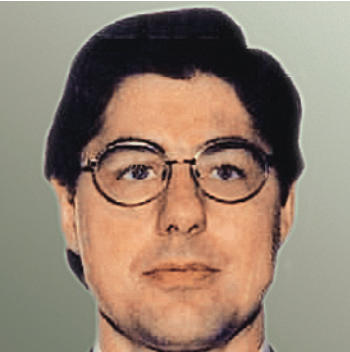
LIBS Illuminates the Hidden Health Risks of Indoor Welding and Soldering
April 23rd 2025A new dual-spectroscopy approach reveals real-time pollution threats in indoor workspaces. Chinese researchers have pioneered the use of laser-induced breakdown spectroscopy (LIBS) and aerosol mass spectrometry to uncover and monitor harmful heavy metal and dust emissions from soldering and welding in real-time. These complementary tools offer a fast, accurate means to evaluate air quality threats in industrial and indoor environments—where people spend most of their time.
Atomic Perspectives: Highlights from Recent Columns
March 3rd 2025“Atomic Perspectives,” provides tutorials and updates on new analytical atomic spectroscopy techniques in a broad range of applications, including environmental analysis, food and beverage analysis, and space exploration, to name a few. Here, we present a compilation of some of the most popular columns.
